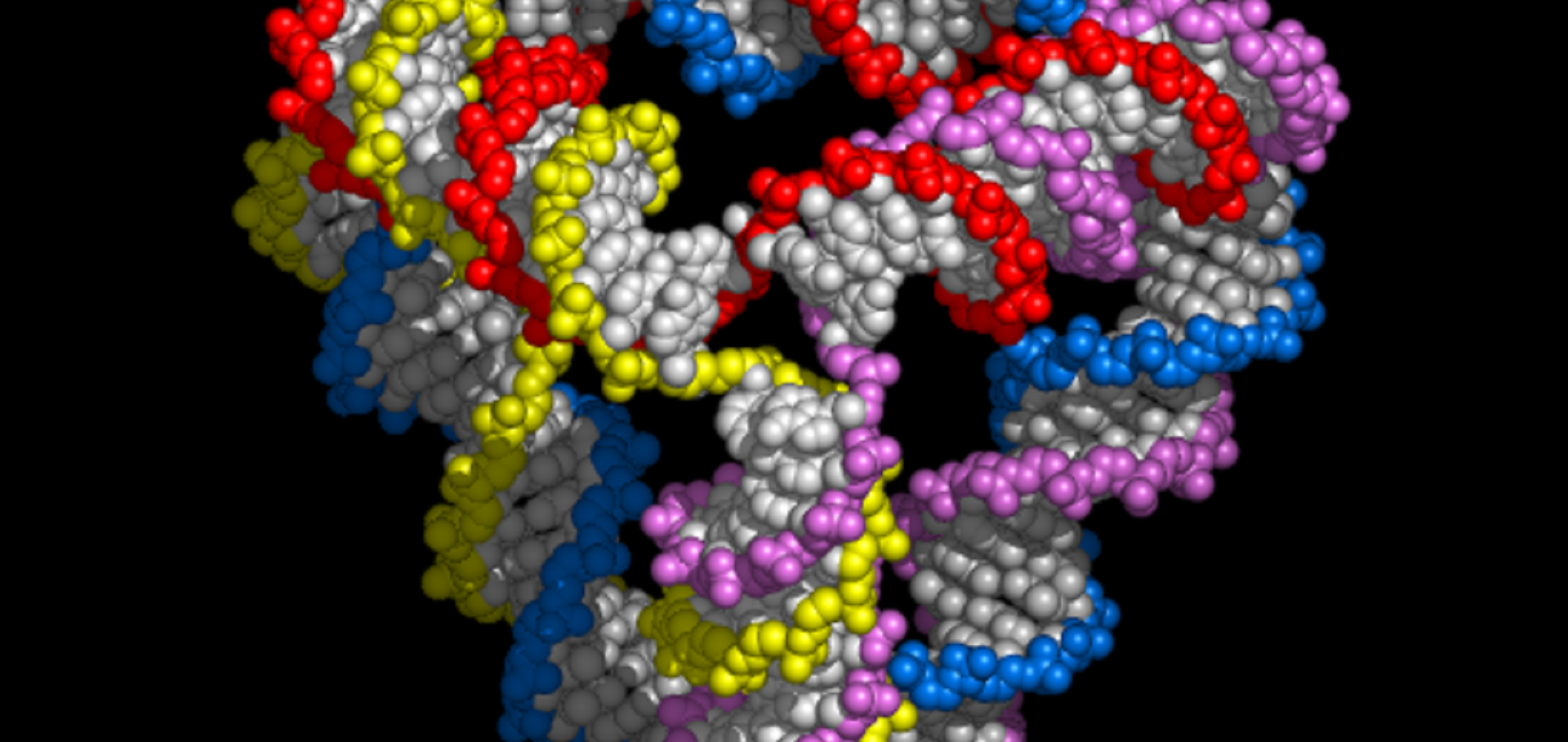The formal language and design principles of autonomous DNA walker circuits
ACS Synthetic Biology American Chemical Society 5:8 (2016) 878-884
Abstract:
Simple computation can be performed using the interactions between single-stranded molecules of DNA. These interactions are typically toehold-mediated strand displacement reactions in a well-mixed solution. We demonstrate that a DNA circuit with tethered reactants is a distributed system and show how it can be described as a stochastic Petri net. The system can be verified by mapping the Petri net onto a continuous-time Markov chain, which can also be used to find an optimal design for the circuit. This theoretical machinery can be applied to create software that automatically designs a DNA circuit, linking an abstract propositional formula to a physical DNA computation system that is capable of evaluating it. We conclude by introducing example mechanisms that can implement such circuits experimentally and discuss their individual strengths and weaknesses.An Autonomous Molecular Assembler for Programmable Chemical Synthesis.
Nature Chemistry Nature Publishing Group (2016)
Abstract:
Molecular machines that assemble polymers in a programmed sequence are fundamental to life. They are also an achievable goal of nanotechnology. Here, we report synthetic molecular machinery made from DNA which controls and records the formation of covalent bonds. We show that an autonomous cascade of DNA hybridization reactions can create oligomers, from building blocks linked by olefin or peptide bonds, with a sequence defined by a reconfigurable molecular program. The system can also be programmed to achieve combinatorial assembly. The sequence of assembly reactions, and thus the structure, of each oligomer synthesized is recorded in a DNA molecule which enables this information to be recovered by PCR amplification followed by DNA sequencing.Domain-swap polymerization drives the self-assembly of the bacterial flagellar motor.
Nature Structural and Molecular Biology Nature Publishing Group (2016)
Abstract:
Large protein complexes assemble spontaneously, yet their subunits do not prematurely form unwanted aggregates. This paradox is epitomized in the bacterial flagellar motor, a sophisticated rotary motor and sensory switch consisting of hundreds of subunits. Here we demonstrate that Escherichia coli FliG, one of the earliest-assembling flagellar motor proteins, forms ordered ring structures via domain-swap polymerization, which in other proteins has been associated with uncontrolled and deleterious protein aggregation. Solution structural data, in combination with in vivo biochemical cross-linking experiments and evolutionary covariance analysis, revealed that FliG exists predominantly as a monomer in solution but only as domain-swapped polymers in assembled flagellar motors. We propose a general structural and thermodynamic model for self-assembly, in which a structural template controls assembly and shapes polymer formation into rings.Precision control of DNA-based molecular reactions
Institution of Engineering and Technology (IET) (2016) 1 .-1 .
Modelling DNA origami self-assembly at the domain level.
Journal of Chemical Physics AIP Publishing 143:16 (2015) 165102


